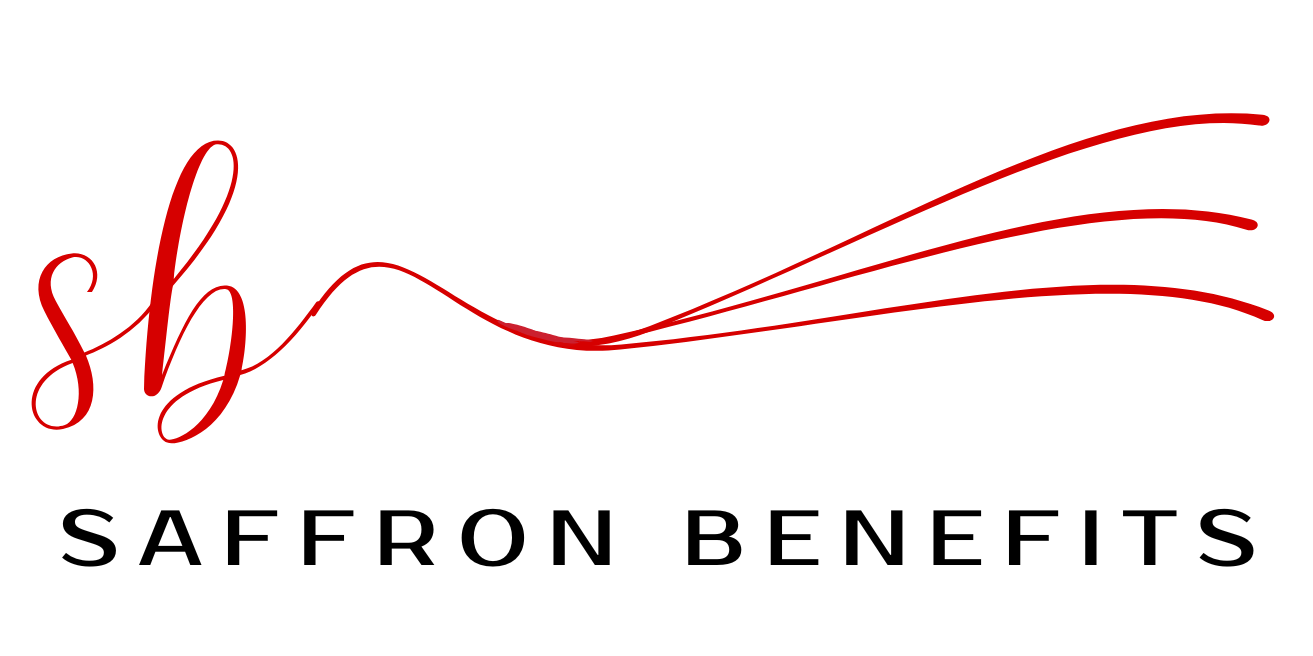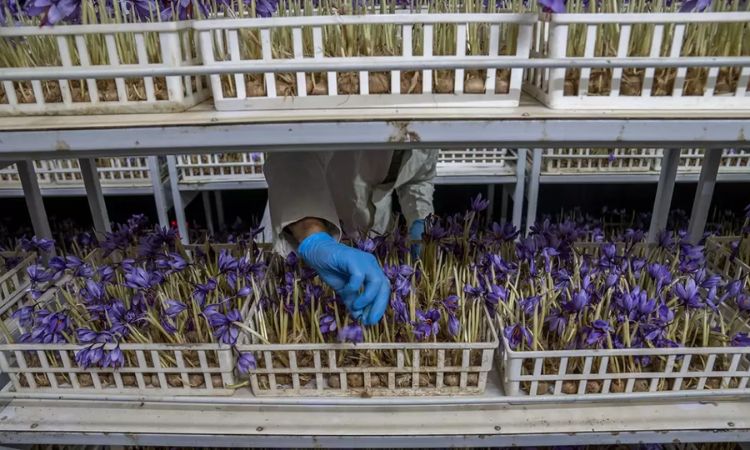The global trade of saffron, the world’s most precious spice, is a complex web of intricate customs regulations and import taxes. As commercial importers navigate this landscape, understanding the nuances of saffron tariffs is crucial to ensuring compliance and maximizing profitability. This comprehensive guide delves into the intricacies of saffron import taxes, equipping readers with the essential knowledge to navigate the labyrinth of customs duties and clearance procedures.
Key Takeaways
- Explore the global dynamics of the saffron trade, including major producing countries and international trade routes.
- Discover the fundamental principles and regulations governing saffron import taxes across different customs classifications.
- Understand the impact of regional trade agreements and tax variations on saffron import duties.
- Learn the step-by-step process of calculating import duty rates and navigating associated fees.
- Familiarize yourself with the essential documentation requirements and customs clearance procedures for saffron imports.
The Global Saffron Trade Landscape
Saffron, the world’s most expensive spice, has a rich history and global significance. The international saffron trade policies and saffron trade regulations play a crucial role in shaping the dynamics of this captivating market.
Major Saffron Producing Countries
At the forefront of saffron production are Iran, India, and Spain, which collectively account for over 90% of the global saffron supply. These nations have long-standing traditions and expertise in cultivating the delicate saffron crocus, ensuring a consistent flow of this prized ingredient to international markets.
International Trade Routes
Saffron’s journey from the fields to the global marketplace is a testament to intricate trade networks. Key trade routes link the major producing regions to consuming hubs in Europe, North America, and Asia, facilitated by a complex web of importers, exporters, and logistics providers navigating international saffron trade policies and regulations.
Market Value and Economic Impact
The saffron trade holds significant economic clout, with the global market valued at over $1 billion annually. The cultivation, processing, and distribution of this precious spice provide livelihoods for countless farmers, processors, and traders, underscoring the important role of saffron trade in the global economy.
| Country | Production (tons) | Market Share (%) |
|---|---|---|
| Iran | 300 | 80% |
| India | 20 | 8% |
| Spain | 10 | 4% |
| Other Countries | 8 | 8% |
“Saffron is not just a spice; it’s a cultural treasure that transcends borders and connects people around the world.”
Saffron Import Taxes: Basic Principles and Regulations
Navigating the complex web of saffron import fees and saffron tax rates can be a daunting task for businesses and individuals alike. However, understanding the fundamental principles and regulations governing saffron imports is essential for ensuring compliance and minimizing potential costs.
At the core of saffron import taxation are international trade agreements, such as those established by the World Trade Organization (WTO). These agreements outline guidelines and tariff structures that member countries must adhere to when importing and exporting saffron. Additionally, individual countries often have their own set of regulations and customs duties specific to the import of this valuable spice.
- International trade agreements and WTO guidelines
- Country-specific regulations affecting saffron imports
- Tariff structures and customs duties
Compliance with these regulations is crucial, as failure to properly navigate the import process can result in substantial fees, penalties, and even seizure of goods. By familiarizing themselves with the applicable rules and regulations, saffron importers can ensure a smooth and cost-effective import process.
Understanding the basic principles and regulations governing saffron imports is the first step in navigating the complex world of saffron import fees and saffron tax rates. Staying informed and up-to-date on the latest developments in this area can help businesses and individuals make informed decisions and avoid costly mistakes.
Common Customs Classifications for Saffron
When it comes to international saffron customs clearance, understanding the appropriate product classification is crucial. The Harmonized System (HS) codes play a pivotal role in determining the applicable import taxes and regulations for saffron shipments.
Harmonized System (HS) Codes
Saffron is typically classified under the HS code 0910.20, which covers “saffron”. This code is used to identify the spice in its various forms, including whole, crushed, or ground saffron. It’s important to note that the specific HS code may vary slightly depending on the country of import, so it’s advisable to consult with local customs authorities to ensure accurate classification.
Product Classification Guidelines
- Whole saffron stigmas: HS code 0910.20.10
- Crushed or ground saffron: HS code 0910.20.20
- Saffron extracts and essences: HS code 1302.19.80
Quality Grade Considerations
The quality grade of saffron can also impact its customs classification and associated import duties. Higher-grade saffron, characterized by its deep red color and strong aroma, may be subject to different tax rates compared to lower-quality saffron. Importers should be aware of these nuances to ensure accurate declarations and avoid potential saffron trade barriers.
By understanding the appropriate HS codes, product classification guidelines, and quality grade considerations, saffron importers can navigate the customs clearance process more efficiently and minimize any potential delays or additional costs.
Regional Tax Variations and Trade Agreements
The global saffron trade is subject to a complex web of regional tax variations and international trade agreements. Understanding these nuances is crucial for importers navigating the saffron tariffs and international saffron trade policies that govern this lucrative spice market.
One significant factor shaping saffron import duties is the North American Free Trade Agreement (NAFTA). Under NAFTA, saffron shipments between the United States, Canada, and Mexico enjoy reduced or eliminated tariff rates, providing a competitive advantage for North American saffron importers.
In contrast, the saffron trade between the European Union and Iran, a major producer, has faced challenges due to geopolitical tensions. EU-Iran trade relations have been marked by fluctuating tariff rates and complex regulatory frameworks, necessitating careful compliance for European saffron importers.
Bilateral arrangements, such as the India-Afghanistan Preferential Trade Agreement, can also influence saffron import duties. These specialized trade pacts often grant preferential access or tariff reductions, presenting unique opportunities for importers willing to navigate the associated complexities.
Staying abreast of these regional variations and trade agreement nuances is essential for saffron importers seeking to minimize costs and streamline their operations in the global spice marketplace.
Calculating Import Duty Rates and Fees
Navigating the complexities of saffron import taxes and customs duties can be a daunting task for businesses and individuals. However, understanding the key calculations and fees involved is crucial for managing import costs effectively. Let’s delve into the intricacies of this process.
Base Duty Calculations
The starting point for determining saffron import taxes is the base duty rate. This rate is typically applied to the declared value of the imported saffron, which includes the cost, insurance, and freight (CIF) charges. The specific duty rate can vary based on factors such as the country of origin, trade agreements, and product classification under the Harmonized System (HS) codes.
Additional charges
In addition to the base duty, importers may encounter various supplementary fees when clearing saffron through customs. These can include:
- Value-added tax (VAT) or sales tax
- Excise duties or other commodity-specific levies
- Clearance and handling fees charged by customs brokers or freight forwarders
- Inspection and certification fees
Tax Exemptions and Reductions
Fortunately, there are instances where saffron importers may be eligible for tax exemptions or reductions. These opportunities can arise from:
- Free trade agreements (FTAs) or preferential trade arrangements that lower or eliminate customs duties
- Special economic zones or duty-free ports that offer favorable tax treatment
- Duty drawback programs that refund duties paid on imported goods that are subsequently re-exported
Understanding the available exemptions and reductions can lead to significant cost savings for saffron importers. By carefully navigating the regulatory landscape, businesses can optimize their import strategies and remain competitive in the global saffron market.
Documentation Requirements for Saffron Imports
When it comes to importing the coveted saffron spice, navigating the customs clearance process can be a delicate endeavor. Saffron is a high-value commodity, and its international trade is subject to a stringent set of regulations. As a savvy importer, it’s crucial to familiarize yourself with the necessary documentation requirements to ensure a seamless and compliant saffron customs clearance.
At the forefront of the documentation process are the certificates of origin. These official documents attest to the geographic source of the saffron, verifying its authenticity and adherence to regional trade agreements. Alongside the certificates of origin, phytosanitary certificates play a vital role, in confirming the saffron’s plant health and freedom from pests or diseases.
- Certificates of origin
- Phytosanitary certificates
- Commercial invoices
- Special permits (if required)
Commercial invoices, detailing the saffron’s value, quantity, and other pertinent details, are another essential document. Depending on the destination country and specific saffron trade regulations, importers may also be required to obtain special permits or licenses to facilitate the saffron customs clearance process.
Navigating the intricate web of documentation can be daunting, but with a thorough understanding of the requirements and a commitment to compliance, saffron importers can streamline the process and ensure their shipments reach their destination seamlessly.
Customs Clearance Procedures and Timeline
Navigating the intricate web of saffron import regulations can be a daunting task for many businesses. Understanding the customs clearance process is crucial to ensuring a smooth and efficient import experience. Let’s explore the key steps involved in clearing saffron through customs, from pre-arrival documentation to final release. Customs clearance procedures are a critical aspect of international trade, particularly for products like saffron, which requires careful handling and compliance with specific regulations. Before the shipment’s arrival, importers must ensure that all necessary documentation is in order. This typically includes commercial invoices, packing lists, and certificates of origin, which validate the saffron’s provenance and quality. Proper documentation is essential, as it allows customs officials to assess the shipment accurately and ensures that customs duties on saffron are calculated appropriately.
Once the saffron shipment arrives at the port of entry, customs officials will commence the clearance process. This involves an examination of the submitted documents against the actual goods. Importers may be required to pay customs duties on saffron, which vary based on the product’s classification and value. This tax contributes to government revenue and helps regulate the importation of goods. Importers must be well-versed in these duties to avoid unexpected costs that can impact profit margins.
After the customs duties are settled, the shipment undergoes a physical inspection if deemed necessary. Some products, especially food items like saffron, may be subject to additional health and safety checks to ensure compliance with local regulations. The timeline for customs clearance can vary significantly based on the complexity of the shipment, the efficiency of the customs office, and the presence of any red flags during inspections or document verification. Importers should anticipate potential delays and factor these into their supply chain management processes.
Once the clearance process is completed, and all duties and inspections have been satisfied, the saffron will be released for delivery. At this stage, importers need to have a reliable logistics provider in place to facilitate the swift and safe transportation of their product to its final destination. Understanding the intricacies of customs clearance not only helps streamline the import process but also minimizes the risks associated with international trade, enabling businesses to operate effectively and maintain a competitive advantage in the market.
Pre-arrival Documentation
Before your saffron shipment even arrives, you’ll need to have all the necessary documentation in order. This includes:
- Commercial invoice
- Packing list
- Bill of lading
- Certificate of origin
- Phytosanitary certificate
Ensuring these documents are accurately prepared and submitted well in advance can help expedite the clearance process.
Inspection Processes
Once your saffron shipment reaches the port of entry, it will undergo a series of inspections by customs officials. This may include visual inspections, sampling, and laboratory testing to verify the quality, origin, and compliance with import regulations. The saffron customs clearance process can be time-consuming, so it’s important to be prepared for potential delays.
Release Procedures
After the inspection is complete and all necessary duties and saffron import fees have been paid, your saffron shipment will be released for delivery. Depending on the complexity of the clearance process, this can take anywhere from a few days to several weeks. To minimize delays, it’s crucial to have a comprehensive understanding of the documentation requirements and to work closely with your customs broker or freight forwarder.
Conclusion
In the complex and ever-evolving world of saffron trade, understanding the intricacies of import taxes and regulations is paramount. As we’ve explored throughout this guide, saffron importers must navigate a web of customs classifications, regional variations, and documentation requirements to ensure a seamless and compliant import process.
The key to successful saffron imports lies in staying informed about the latest policy changes, familiarizing oneself with the relevant HS codes and product classifications, and collaborating with experienced customs brokers. By doing so, saffron importers can minimize the risk of costly delays, penalties, and unexpected fees, ultimately enhancing their competitive edge in the global saffron market.
Whether you’re a seasoned saffron importer or a newcomer to the industry, this guide aims to provide you with a comprehensive understanding of the saffron import tax landscape. By leveraging this knowledge, you can navigate the complexities with confidence and position your business for long-term success in the lucrative and dynamic saffron trade.
FAQ
What are the key factors affecting saffron import taxes?
Saffron import taxes are influenced by several factors, including the country of origin, trade agreements, product classification, quality grade, and customs clearance procedures.
How are saffron products classified for import purposes?
Saffron is typically classified under the Harmonized System (HS) codes, with the specific code depending on factors like the processing level and form of the product.
What are the common customs duties and fees for saffron imports?
Saffron import duties can vary widely, with base rates often ranging from 5% to 20% of the product value. Additional fees may include value-added tax (VAT), inspection charges, and other processing costs.
How do trade agreements impact saffron import taxes?
Regional trade agreements like NAFTA, EU-Iran relations, and bilateral accords can significantly affect saffron import duty rates, often providing preferential access or reduced tariffs for participating countries.
What documentation is required for saffron imports?
Key documents for saffron imports typically include certificates of origin, phytosanitary certificates, commercial invoices, and any specialized permits mandated by the destination country.
How can importers navigate the saffron customs clearance process?
Effective customs clearance for saffron imports involves submitting accurate pre-arrival documentation, understanding inspection procedures, and working closely with experienced customs brokers to ensure a smooth and timely release.









